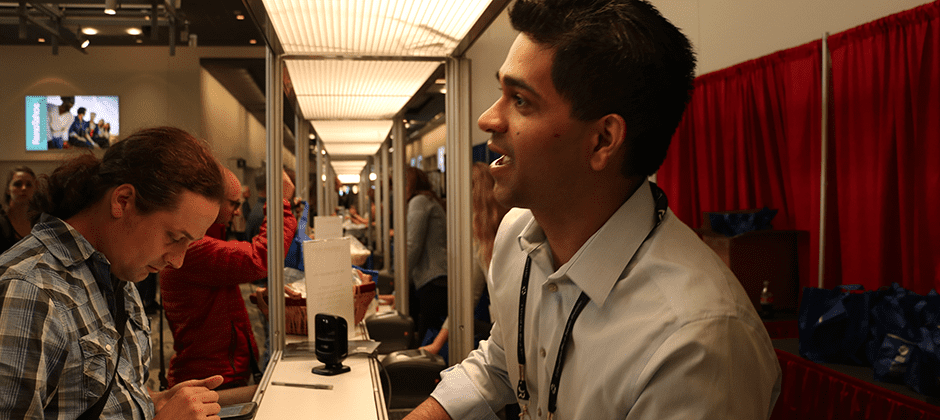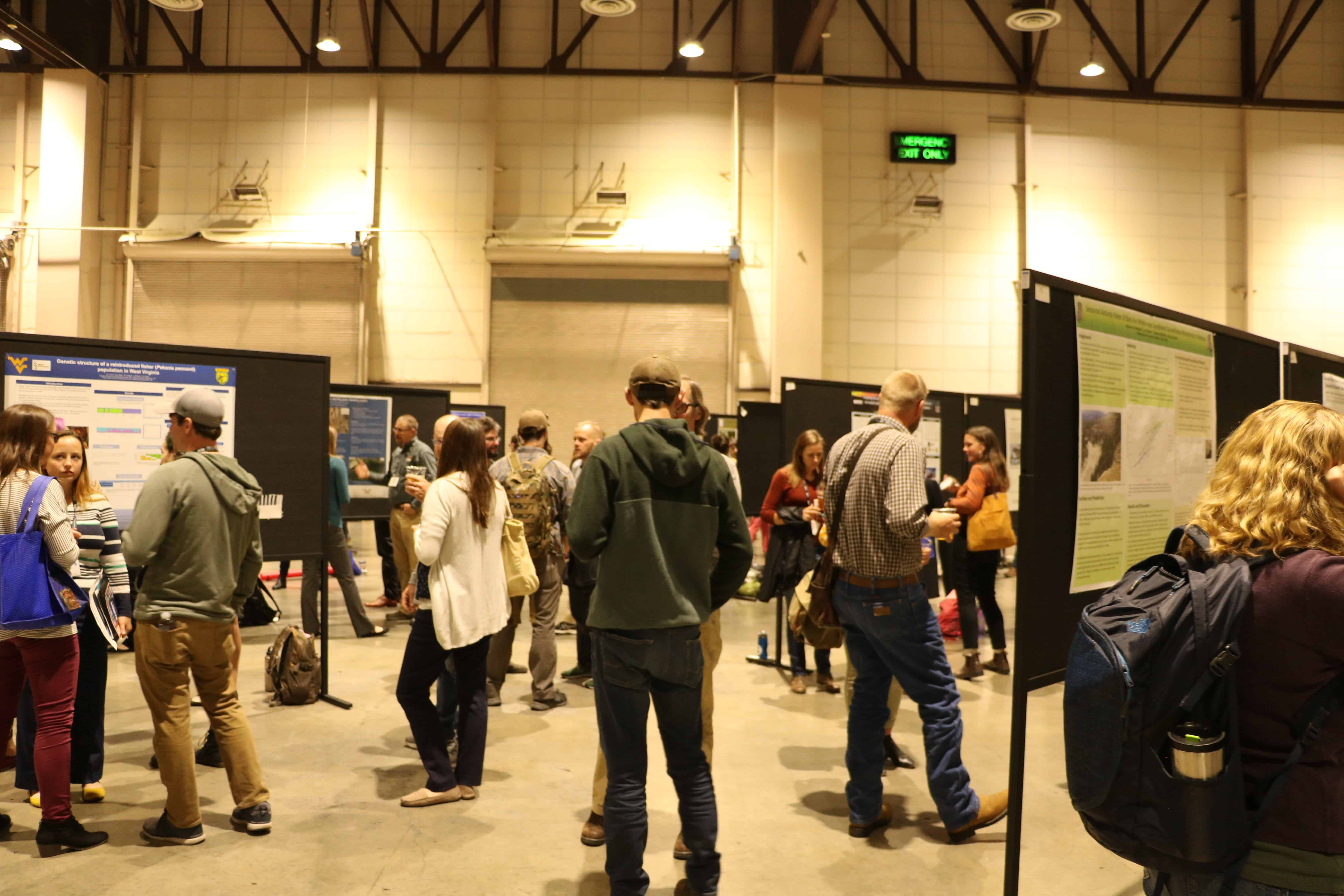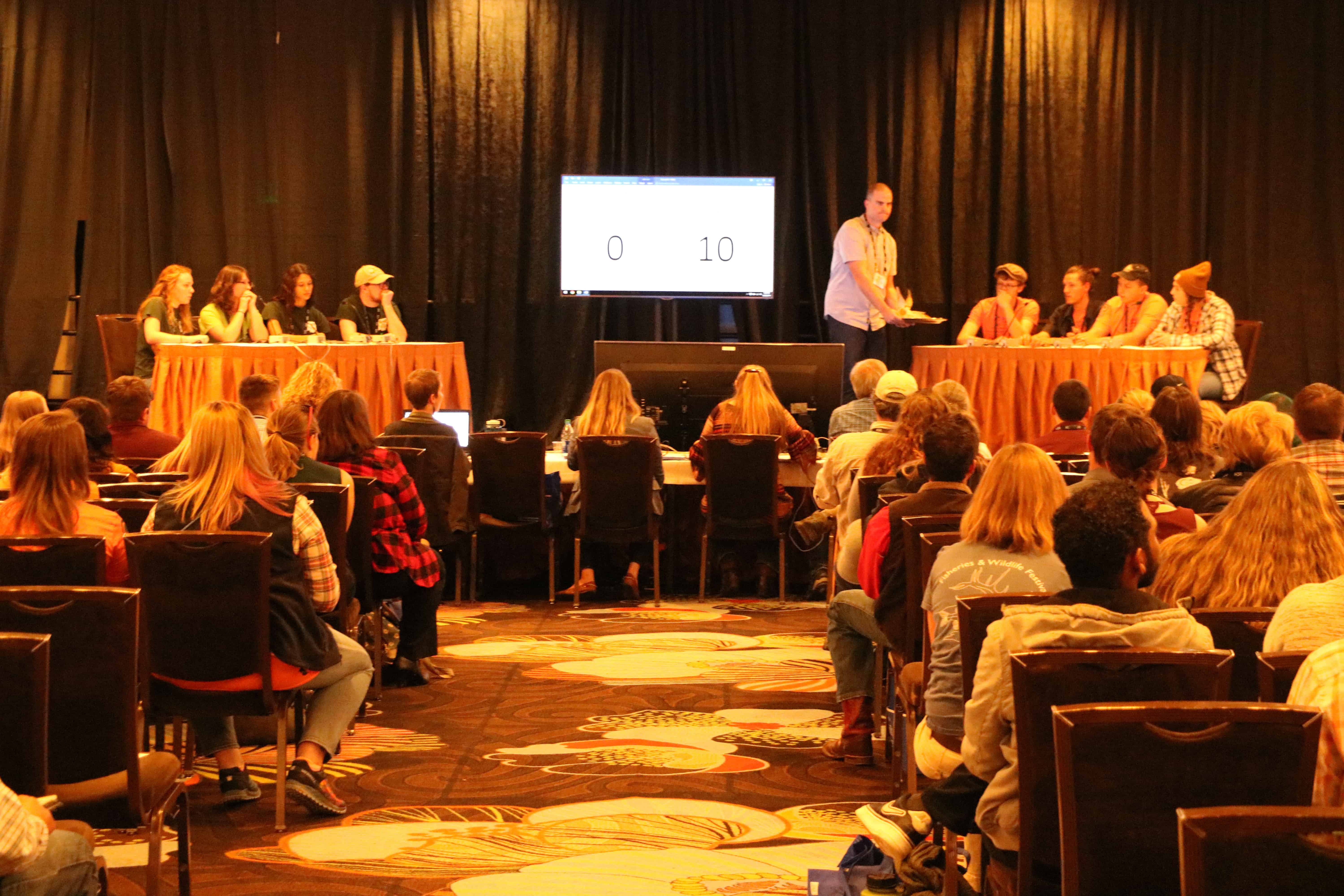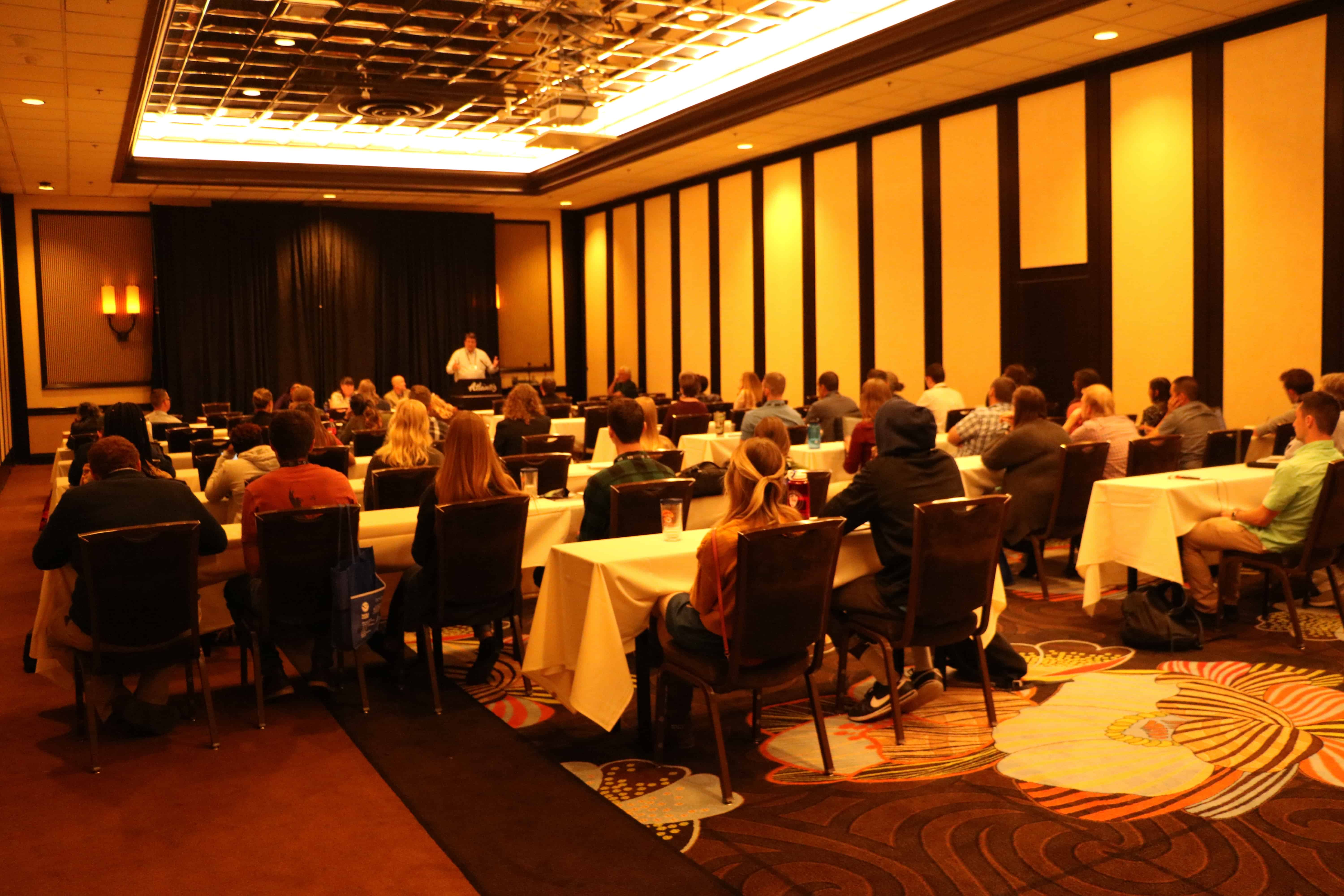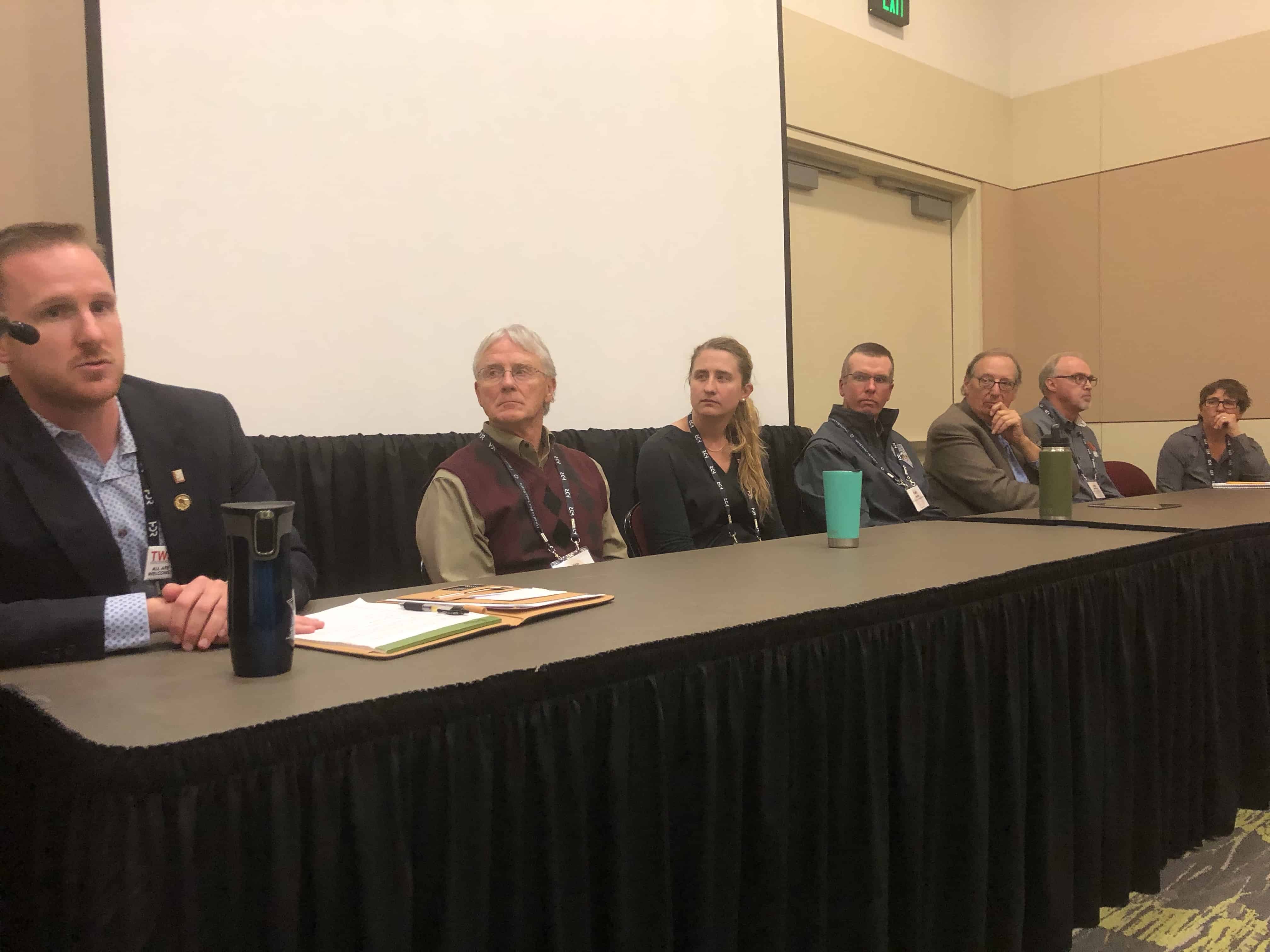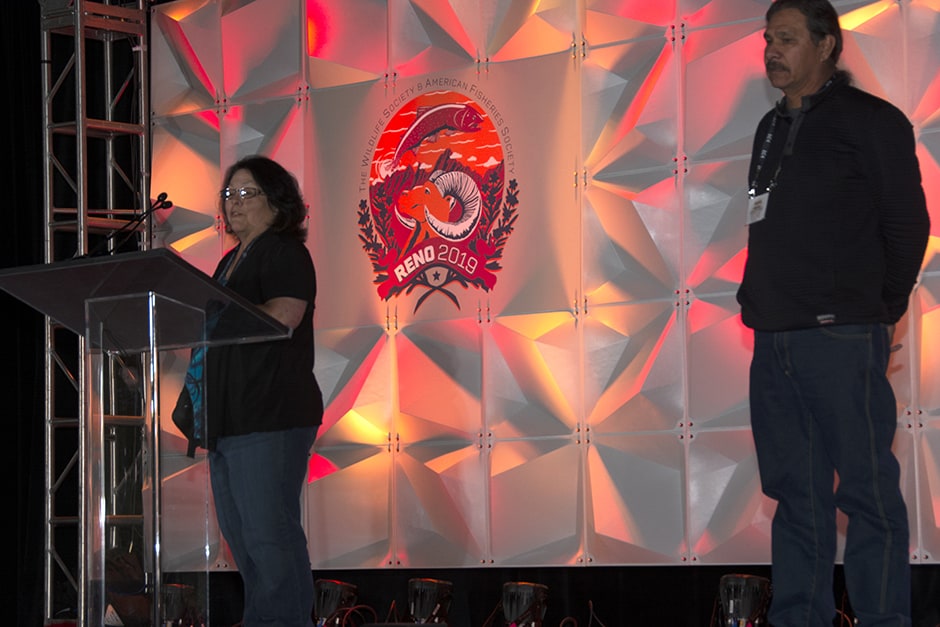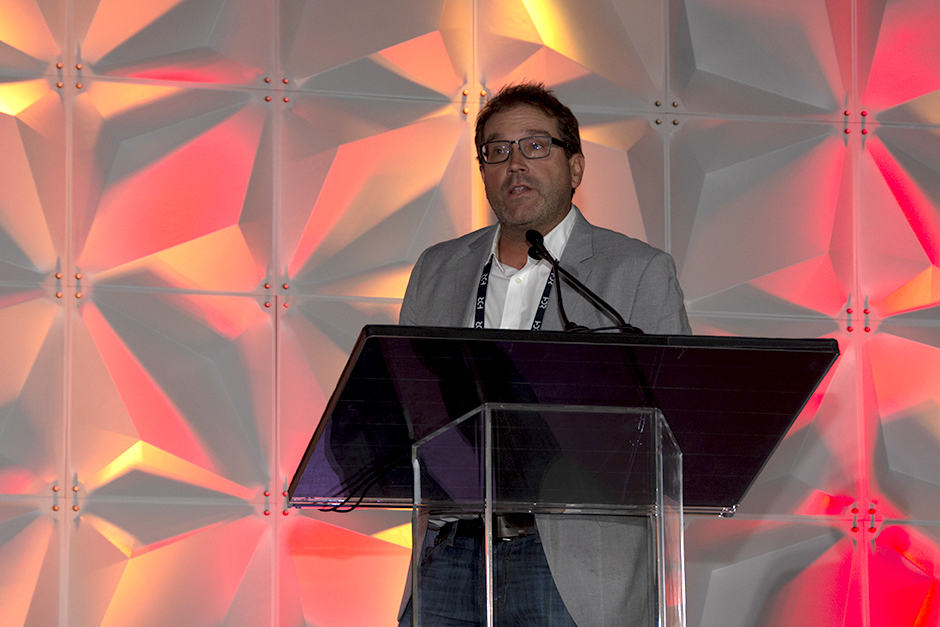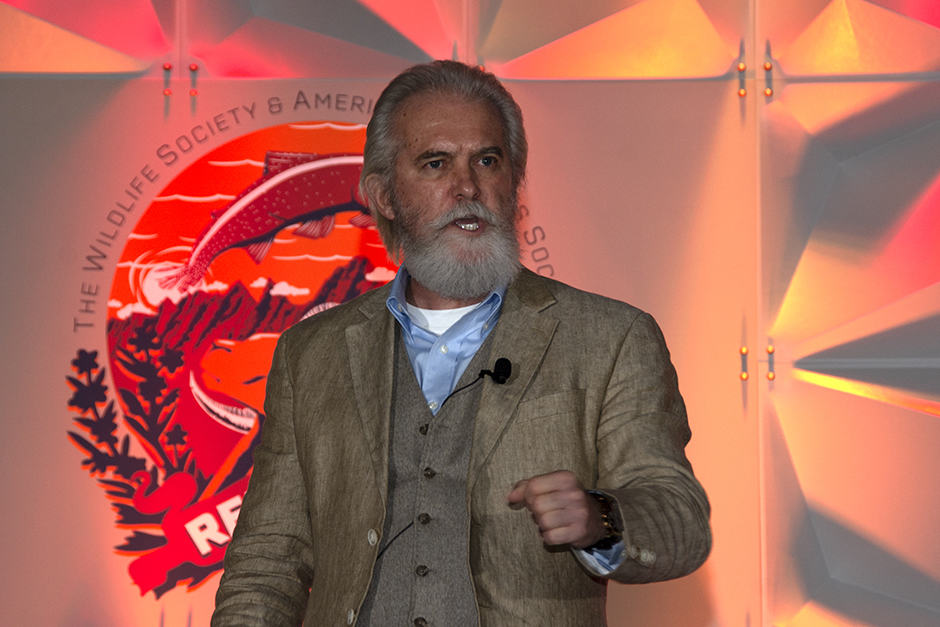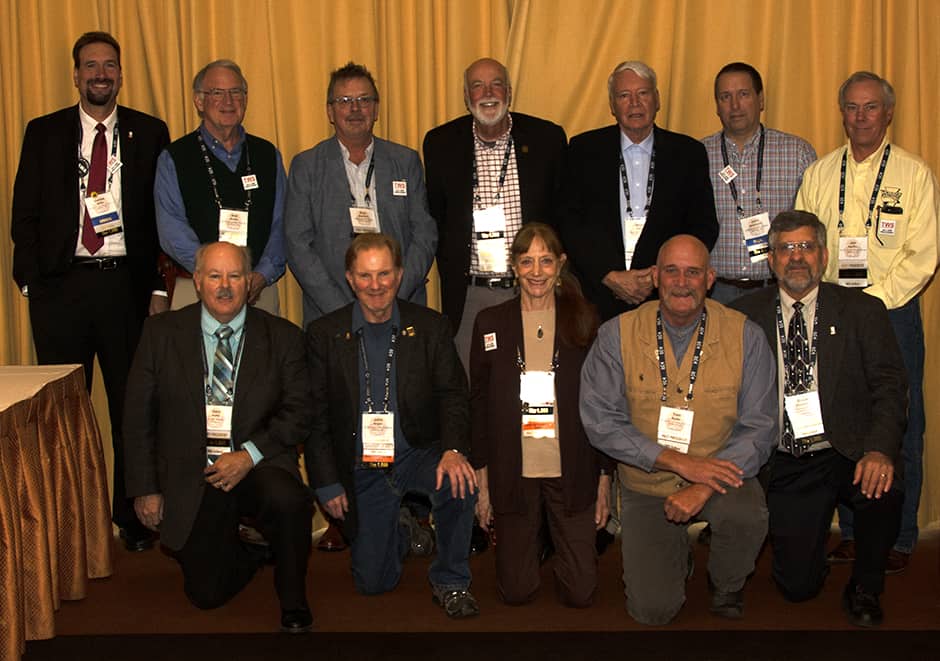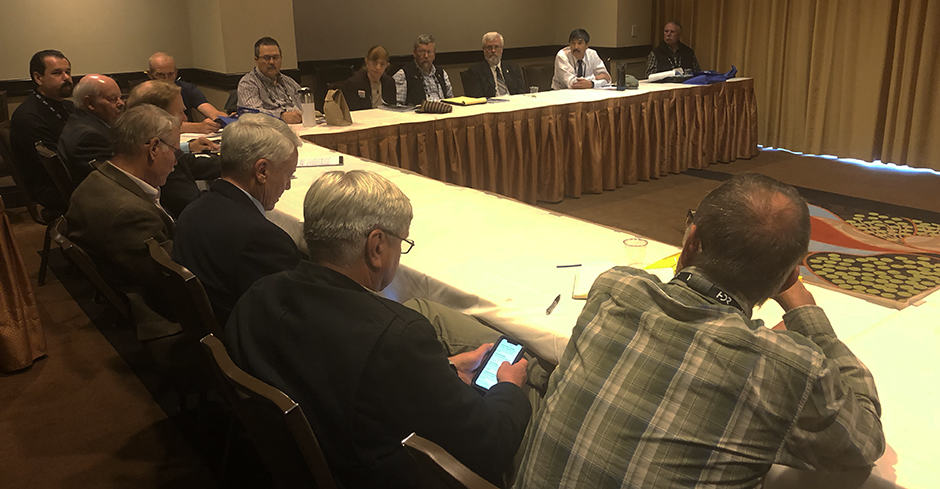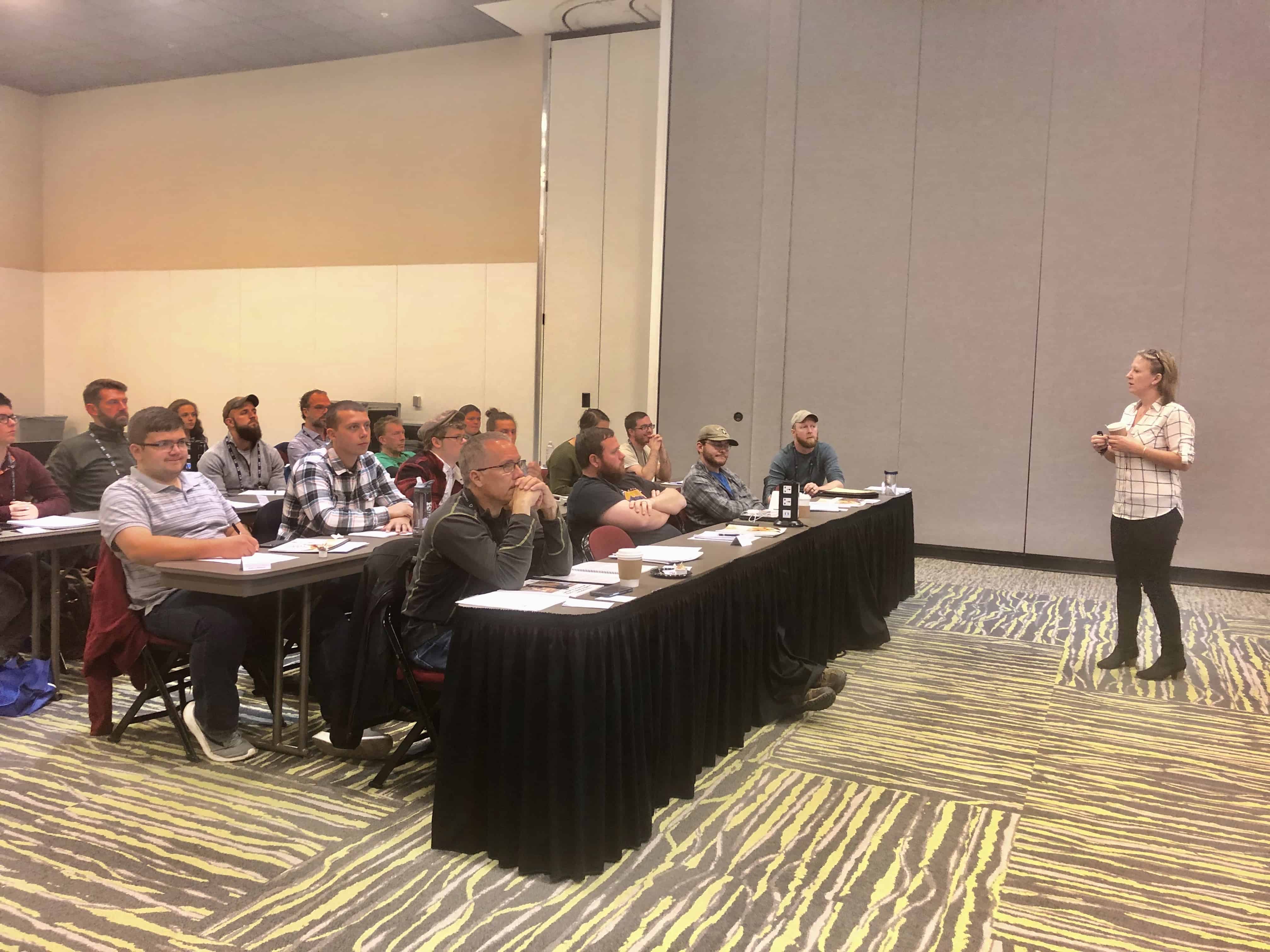Share this article
Conference highlights: from conflicts to inclusion
Each day, wildlife.org will round up some of the highlights from the previous day at the American Fisheries Society and The Wildlife Society 2019 Joint Conference. Scroll down for photos from the day’s events, and keep checking back to see what’s happening in Reno.
Long-term solutions for conservation conflicts
When creating successful wildlife conservation solutions, panelists discussing conservation conflicts agreed: Wildlife managers need to include broad input from stakeholders. While wildlife managers may have the authority to make decisions on conserving species like monk seals (Monachus schauinslandi) in Hawaii or gray wolves (Canis lupus) in Washington, taking unilateral steps without involving stakeholder input could bring negative outcomes, such as poaching or wildlife crime.
Donny Martorello, Wolf Policy lead at the Washington Department of Fish and Wildlife, said that successful strategies can include bringing in neutral third parties to help reconcile stakeholders like conservationists, wildlife managers and government agencies.
“Think about how you can switch your process to get better outcomes,” said Rachel Sprague, director of conservation at Pulama Lanai, a Hawaiian land and resource management company.
Dealing with wild horses
Dealing with wild horses on public lands is one of the most challenging issues facing natural resource professionals in Nevada. Even with a spike in adoptions this year in Nevada, horses on the range far outnumber those that can be adopted, said TWS Wildlife Policy and Communications Director Keith Norris. “The math with adoptions doesn’t work,” said Norris at a viewing and discussion of the documentary Horse Rich and Dirt Poor, which looks at the environmental impacts of horses and burros on public lands.
“This horse issue is like the wolf issue to me,” said Michael Manfredo, whose America’s Wildlife Values study chronicles changing perceptions toward wildlife across the country. “These are where we’re going to cut our teeth on how we’re going to bring the publics together.”
Connecting wildlife corridors to politics
Wildlife doesn’t stop at human borders, so it’s up to wildlife biologists and managers to work across boundaries to mitigate wildlife issues, experts at a panel discussion on wildlife corridor science agreed.
Speakers shared recent research on wildlife crossings, as well as state actions and federal legislation meant to reduce accidents on highways and maintain species connectivity. Much of the mitigation begins with mapping, said Liz Hillard, a wildlife scientist with the Wildlands Network. With advancements in technology, mapping has changed from small scale, regional areas to continental visions of habitat networks, she said. She’s currently researching a bear “death zone” in the Smoky Mountains along the Tennessee-North Carolina state line, where collisions with cars are common. “Research needs to help guide future mitigation,” Hillard said. “Where are these hotspots of animal movement and connectivity?”
Once the research is done, it’s time for action plans, said Jessica Schaefer, coordinator for Wildlands Network’s law and policy program. Challenges, she said, include funding and climate change, which is changing how animals move. It’s an issue getting bipartisan attention at the federal level, said Wildlands Network Policy Director Susan Holmes, including Interior Department initiatives to address connectivity for big game animals.
With high-profile supporters like E.O. Wilson, the bipartisan Wildlife Corridors Conservation Act seeks to create a National Wildlife Corridors Program, she said, and a transportation infrastructure bill expected to pass includes $50 million to build wildlife highway crossings. “We’re looking to do more at the federal level,” she said.
Work-life balance different for everyone
From raising children to caring for elderly parents, wildlifers — like others in the workforce — have to figure out how to balance these challenges with work. At the Women of Wildlife sponsored talk “Work/Life Balance — Does It Really Exist?” speakers at different stages in their careers and with different home situations discussed how they balance work and home lives and offered advice to others facing similar challenges.
Kay Nicholson, a past president of the Arizona TWS chapter, suggested improving the work/life balance by blending the two. “Combine work and family by including family in work-related events when possible,” she said, like bringing children to conferences or holding wildlife events at their schools.
She also stressed the importance of maintaining good health, exercise and taking advantage of workplace policies like a babies at work policy, a flexible schedule or reducing hours as needed.
University of Maryland PhD candidate Shadaesha Green talked balancing her life as a professional with being a mother and wife. Networking is important at work and home, she said. Knowing people who can watch your children or teach them things you can’t is important, she said. “Celebrate your wins no matter how small,” she suggested. “Celebrate your failures no matter how large. That’s in family and in graduate school.”
NOAA’s April Croxton discussed balancing work with caring for her 94-year-old grandmother. Most caregivers, she stressed, are still employed. “Ask for help and admit to your limits,” University of Idaho professor Lisette Waits said. “Talk to a therapist. Get extra help. Sometimes you need a professional to help you manage the stress as it gets more difficult. And you can say no [to employers]. And you can say no because you have a family.”
Participants focus on diversity
A group of wildlifers devoted Monday discussing how to increase diversity and inclusion in the wildlife profession. “Thank you for being a part of this,” said American Fisheries Society President Jesse Trushenski, a longtime member of the organization’s equal opportunity section. “I have been very, very fortunate to have had an overwhelmingly positive experience as a woman in fisheries and as a woman leader in our organization. I say that recognizing that that is not everyone else’s experiences. So as a leader I’m committed to making sure that going forward, more people are able to say they did not encounter any kind of barriers to their involvement in the careers that we are all so passionate about.”
TWS President Darren Miller said the issue became more acute to him as he watched his daughter prepare for a wildlife career. “We’ve been talking about this for a long time,” he said. “I think TWS has made some great strides. We’ve got a ways to go, but even just getting folks together to talk about it is a big step.”
- Conference attendees gather for Monday’s trade show and poster networking event. ©Joshua Rapp Learn
-
The first round of Quiz Bowl was underway on Monday. Who will win the finals on Tuesday?
©Joshua Rapp Learn
-
Students and early career wildlifers learn about opportunities that exist with federal agencies.
©Joshua Rapp Learn
- After viewing the documentary “Horse Rich and Dirt Poor,” panelists discuss efforts to handle horses on public lands. ©David Frey
- Nevada Department of Wildlife Director Tom Wasley offers inspiration to biologists and outlines the challenges facing the state. ©David Frey
- Charlton Bonham, director of the California Department of Fish and Wildlife, speaks about the ability of biologists to make a difference in conservation. ©David Frey
- Rebecca Humphries, CEO of the National Wild Turkey Federation, urges biologists to share their work with the public. ©David Frey
- Elveda Martinez, from the Walker River Paiute tribe, stresses the importance of working with Native Americans on natural resource issues. ©David Frey
- Zeb Hogan, a research assistant professor at the University of Nebraska, Reno, and star of National Geographic’s Monster Fish, urges researchers to combine science and passion in their messaging to the public. ©David Frey
- Shane Mahoney, president and CEO of Conservation Visions, Inc., urges biologists to be aware of changing attitudes toward wildlife. ©David Frey
- David Haukos, right, receives the Caesar Kleberg Award for Excellence in Applied Wildlife Research. He is joined by David Hewitt, left, executive director of the Caesar Kleberg Wildlife Research Institute and TWS President Darren Miller. ©David Frey
- Past TWS presidents gather for a photo. ©David Frey
- The TWS Heritage Committee and Retirees meeting. ©David Frey
- Sunday’s Trapping Matters workshop. ©David Frey
Header Image: TWS’ Aniket Gajare registers conference attendees. ©Joshua Rapp Learn



